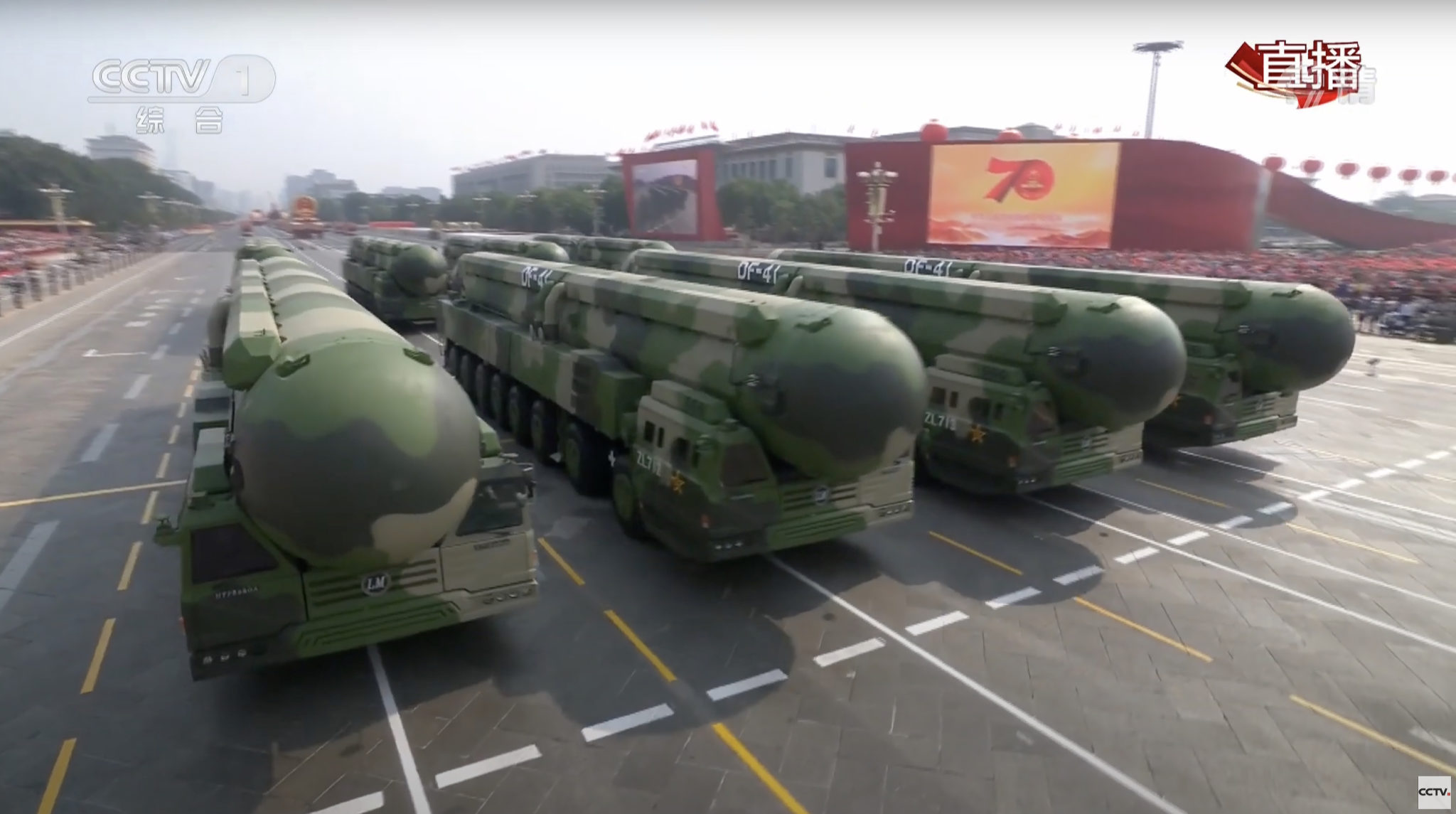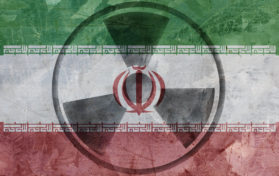
This week, the Pentagon released a report on China’s nuclear stockpile. The report, which provided some alarming information about China’s growing weapons program, was released after a two month delay.
According to the Pentagon, China is building nuclear warheads at an “accelerating pace;” they are expected to have at least 1,000 nuclear weapons by 2030. This news is even more alarming when one considers that just a year ago, the Pentagon estimated that China’s nuclear weapons arsenal numbered in the “low 200s,” and that it was projected to number approximately 400 weapons by 2030.
The Pentagon, who refers to China as the PRC (the People’s Republic of China), released the following statement in the report: “The accelerating pace of the PRC’s nuclear expansion may enable the PRC to have up to 700 deliverable nuclear warheads by 2027. The PRC likely intends to have at least 1,000 warheads by 2030, exceeding the pace and size the Department of Defense projected in 2020.”
So, why is China lately able to rapidly increase their nuclear stockpile?
The Pentagon report states that China has purposely increased its capacity to both produce and separate plutonium.
Russia, with whom the United States has sparred over the production of nuclear weapons in the past, is somewhat limited in how they produce nuclear weapons. They are currently under a treaty in which both Russia and the United States is limited to deploy up to and no more than 1,550 nuclear warheads.
However, China is under no such treaty or agreement. They don’t have any arms control treaties with any other country.
The Pentagon report states that “China is building hundreds of new ICBM (intercontinental ballistic missiles) silos, and is on the cusp of a large silo-based ICBM force expansion comparable by other major powers.
Recently, CIA Director William Burns stated the Chinese government is becoming “increasingly adversarial,” and is “the most important geopolitical threat” to Americans.
The Chinese Communist Party is not our competitor, it's our adversary. We must take the threat it poses to global security seriously. https://t.co/FLBSvAk8z5
— Mike Pompeo (@mikepompeo) November 3, 2021
The United States has been watching China’s nuclear ambitions for some time. In 2020, the Pentagon found evidence that China launched more than 250 ballistic missiles in 2020; this number was more than the PRC had released in either 2018 or 2019, even in the face of a COVID pandemic.
This summer, American intelligence detected missile fields; they also utilized information from civilian satellite radar which actually showed some of these missile fields on satellite imagery.
Within the last few weeks, China has been launching hypersonic missiles, claiming the launches were merely “routine” tests. China has also begun referring to the United States as an “imaginary enemy.”
China appears to be steadily growing its military and war time capabilities. A 2020 Pentagon report revealed that China had grown its naval forces to “the biggest in the world.” This information was provided as a part of a yearly Congressional report the Pentagon produces. In the 2021 Pentagon report, intelligence shows that the Chinese navy has grown even within the one year time frame.
The Pentagon added that in “the near-term, the PLAN team will be able to conduct long-range precision strikes against land targets from its submarine and surface combatants using land-attack cruise missiles, notably enhancing the PRC’s global power projection capabilities.”
At this time, there is no complete information on the growth of the Chinese military or its current stockpile of weapons. We simply know that they are growing at an alarming rate, and the rate at which the PRC is acquiring nuclear weapons has tripled within the last year. The latest Congressional report did include information on the latest hypersonic missiles; General Mark Miley called the hypersonic missile test “very significant.
Miley related that we (the United States intelligence) is seeing a huge shift in geostrategic power. He added, “If we, the United States military, don’t do a fundamental change to ourselves in the coming 10, 15, 20 years, then we’re going to be on the wrong side of a conflict.”





